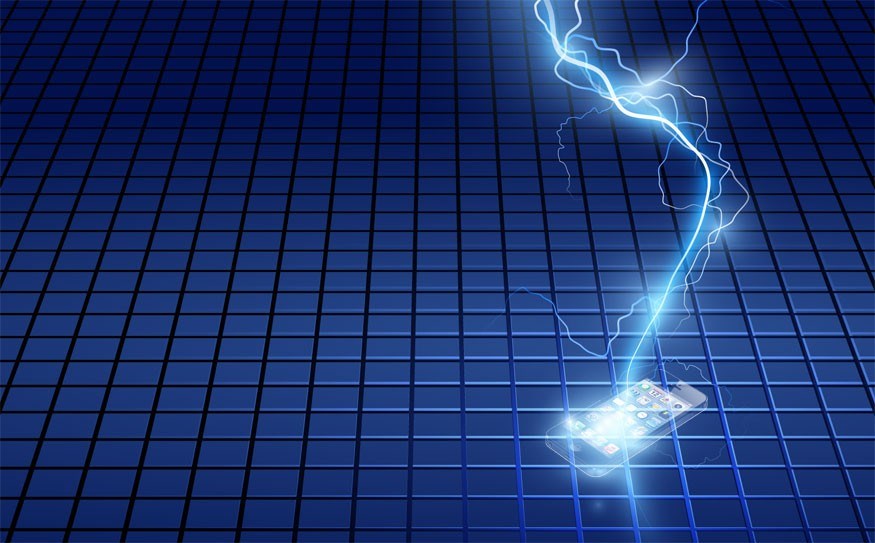Apple's iPhone 5 isn't the dream machine it was conceived to be, with critics pounding the device for things like the half-baked integration of Apple Maps — so bad that Apple's CEO actually apologized and recommended other map services — and the new "Lightning" connector.
Apple Maps will improve over time, but Lightning is more or less a permanent shift from any semblance of industry standards — a wholly proprietary system for charging and docking your smart phone that Apple has yet to share with the dozens of companies out there that make clock radios, stereos, car adapters, robots and other tech that hooks up to your phone, and that doesn't work with the tens of millions of cables and devices currently out there that work with the old system.
Rather than releasing the technology, Apple is only going to allow approved third party manufacturers to make products that work with the iPhone 5 while controlling the approval process for devices — an approach that is almost guaranteed to spark a few anti-trust lawsuits and accusations that Apple is trying to create a monopoly.
I'll be frank that I never liked the old docking system — sticking my wife's iPhone onto our angled stereo dock before going to sleep is like threading a needle while blind-folded, and it always seemed kind of flimsy and cheap.
The nicest thing to say about them is that the system was at least similar enough to other phone dock systems that you could buy one device with a few clip-on adapters.
Lightning connectors don't have a "right side up" and connect quickly, which is the why Apple made this design change. I can think of other advantages like making it easier to keep sand and water out, and the ability to make stronger cases.
But the fact that Apple created a whole new standard out of nowhere, without consulting anyone else in the industry — apparently thinking that having a two-way connector dock would be such a competitive advantage that people would drop their Samsung phones into the toilet and rush out to get the new iPhone — has angered a lot of people.
Among the angry is Glen Thibeault, an NDP MP and tech enthusiast who recently accused Apple of making millions of gadgets obsolete, and unnecessarily increasing the stream of electronic waste into the landfill.
"While all the other phone companies have come up with a universal charger, one that can be used in any type of phone, the iPhone, Apple, is again going with one of their proprietary charger that is going to — again — fill up the landfill," he said. "And now, if you have an iPad, you can't even use your iPad charger with your iPhone 5."
Thibeault filed a bill in 2011 to mandate universal chargers for phones, long before the iPhone 5 hit stores, following in the footsteps of the European Union where the universal docks are already law.
And while the old iPhone connector was also proprietary, it was at least similar enough to other phones that most devices were compatible by using simple clip-on adapters.
Not so with Lightning, which is a complete departure from standard connector designs, and may be impossible to connect to your devices using adapters unless it involves Lighting to USB connectors, and then USB back to whatever dock you use — two cables when even one shouldn't be necessary.
As someone with two soon to be obsolete iPhone/iPod docks at home, I hope Thibeault is successful. While it may make sense for the tech companies to keep things proprietary, it never made sense to consumers — and thanks to bills like Thibeault's, consumers are finally waking up to that fact. Most people just want their technology to work with other technology and care little about the tech industry's internal battles for supremacy.
Steam Powered gets into software
When it comes to digital distribution, Steam — the online video game store run by Valve — has set the gold standard in a lot of ways.
While they have only traded in video games in the past, their low prices, bundling, community features, ease of use and integrated software to prevent theft/infringement of games, Steam (www.steampowered.com) has won over a lot of fans among both developers and gamers. They had about 54 million subscribers as of this past August, which is a significant chunk of the global PC gaming population.
Last week Steam diversified into software as well, letting makers of programs and apps capitalize from Steam's incredible distribution and verification system. So far the software store has been well received, with a wide array of software available on the first day, including programs like GameMaker Studio, Artrage and 3DMark, 3D-Quote, CameraBag2 and Source Filmmaker.
While many of the titles revolve around game development, it's a safe bet that the selection of software will grow as the Steam community realizes the convenience of using the same portal they know and trust to buy games to buy their software as well. Big things are coming.




